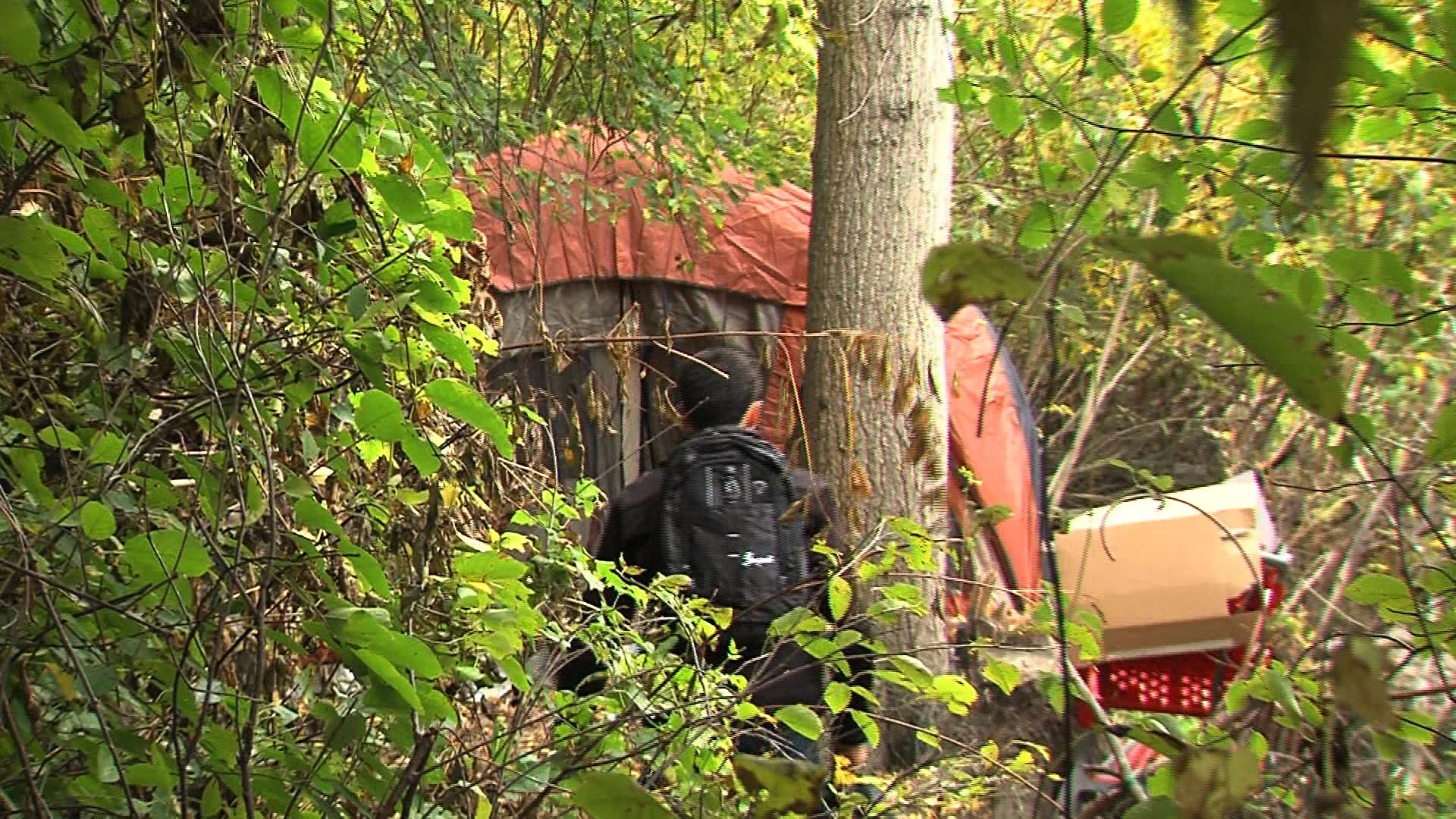
Kamloops poverty advocates weigh in on what they want from NDP government
KAMLOOPS — According to a report released by the BC Poverty Reduction Coalition in January of this year, 13.2 percent of British Columbians were living in poverty. It’s a staggering number when you consider BC’s reputation as a rich province. Yesterday, the new NDP government announced a 100 dollar per month increase in both income assistance and disability, as a first step to implementing a legislated Poverty Reduction Plan for the province. Today, CFJC Today spoke with some local organisations who are on the front line of the battle against poverty, so to find out what next steps the hope to see from the newly minted provincial government.
It was welcome news for British Columbians living on income assistance or disability: a $100 a month increase in the rates they receive, announced yesterday by the new NDP Provincial government. It was the first time in a decade those rates had gone up.
“It’s neat to see that people with addiction, barriers, diversity have been a priority with this government already, as this is one of the first announcements to come up,” Jason Hewlett of the Open Door Group says.


